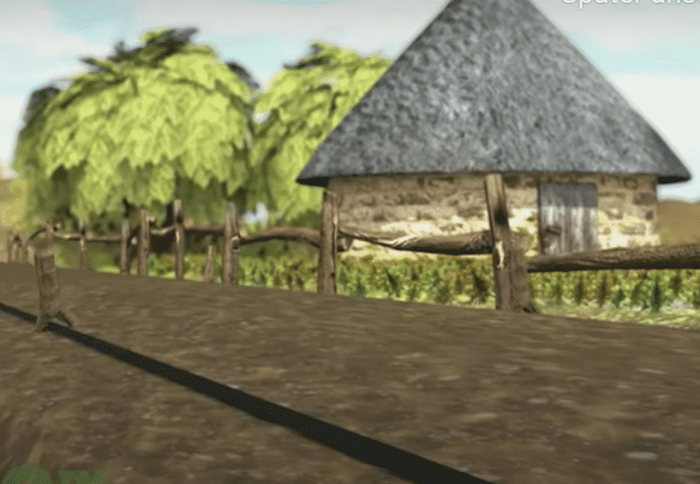Farmers continue to grow crops during dry season due to the presence of various technologies which enable them to increase production hence able to fill market demands.
Simple drip irrigation allows farmers to grow crops during dry season to feed families and supply vegetables to markets.
Installation
Place 2 drip irrigation lines 1 metre wide on planting bed with drip holes turned up for equal water supply to plants.
Place drip lines 18 to 20 cm off the edge of the planting bed and secure the drip lines.
Make a stand for container to hold water and its bottom should be high 1 metre above the bed to provide more water pressure.
Connect drip lines to container and to drop lines using connector.
Cover container with cloth to filter water to prevent blockage of drip holes.
Correct planting
Identify locations for transplants and make holes using hands.
Place each plant at same depth as its grown. Refill the container with water or water the transplants.
Mulch the surface to slow down the loss of soil moisture, lower soil temperatures, and reduce weed growth.
Provide 20 litres of water for every 100 plants.
Plant 2 rows of plants in each raised bed to maximise production.
Raising bed with drip irrigation increases on more area, moisture in soil and vegetable production.



















